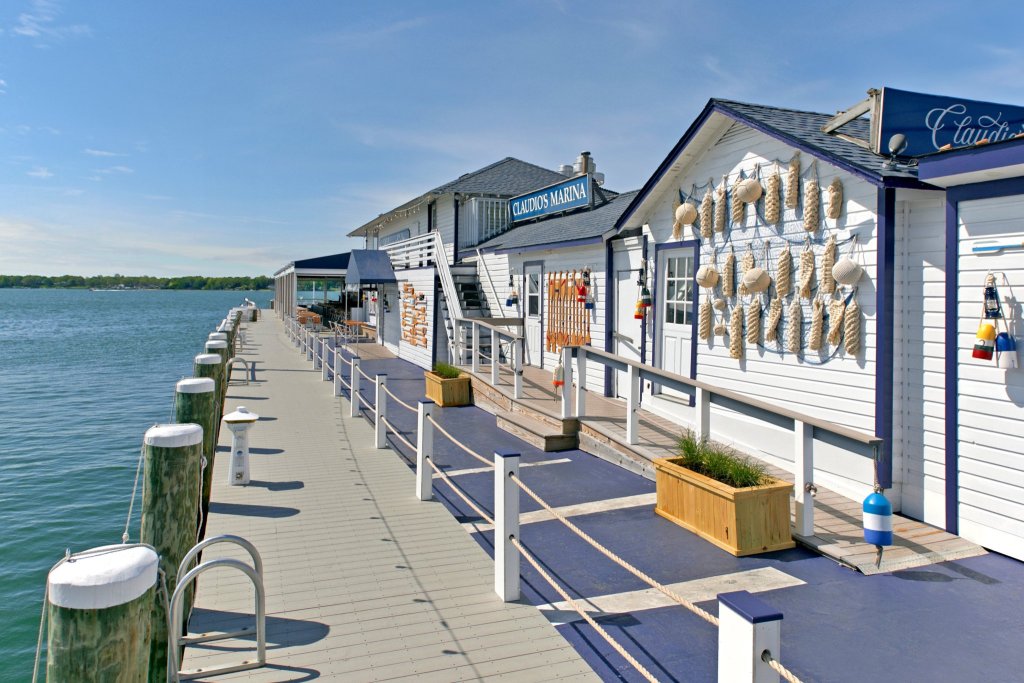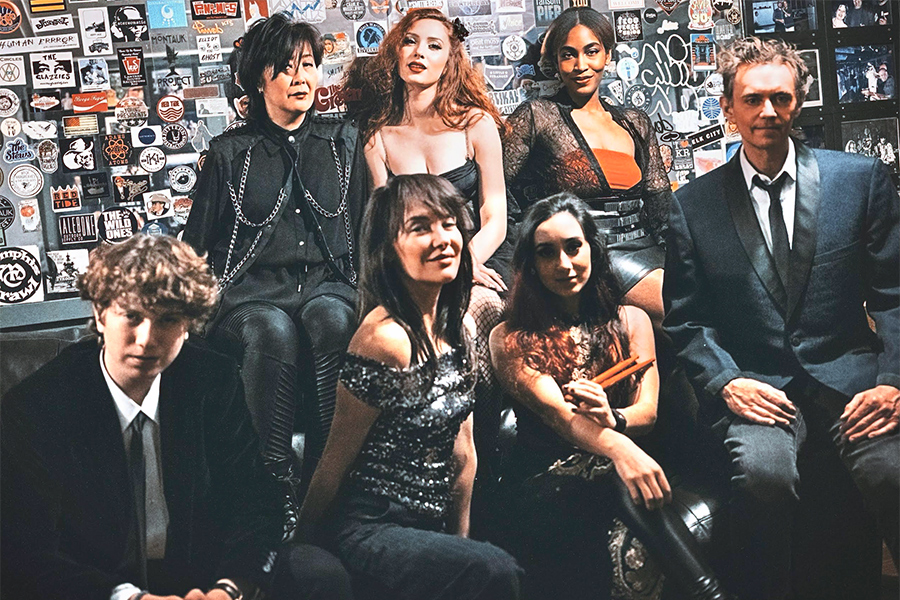A Walk Down Memory Lane With Ronald Christiansen

“In 1961, when President Kennedy announced to the world that the United States was going to put a man on the moon, I had no idea that I was going to be part of making it happen,” said Ronald Christiansen of Hampton Bays.
“I was working as a mechanic and plane captain in Grumman Corporation’s Flight Operations plant when Grumman won the contract to build the lunar module that would take the astronauts to the moon and back,” he said. “The LM was in the early days of production when Grumman moved me and my family to Las Cruces, New Mexico to work at the White Sands Test Facility. I bought a VW van, put two roof racks on the top, bought some tents, and we took a family vacation on our way to New Mexico.”
According to Christiansen, he plotted their relocation vacation route across the Trans-Canada Highway, enabling them to see many of the Canadian Provinces as well as the Dakotas and both rims of the Grand Canyon before arriving in Las Cruces. “It was 100 degrees when we arrived and we stayed in the Mission Inn Motel for some time before we found a place to live,” he recalled.The father of three boys, William, James, and John, Christiansen and his wife Jo-Ann found a home across from the State University. “The boys were 12, 10, and eight years old at the time. They had a lot of freedom in New Mexico,” Christiansen said.
“They would like to go over to the college a lot. It was an agricultural college and they had cattle. They were extra-long cattle,” he said with a chuckle. “They were strange looking. They bred them with extra ribs so they were longer than regular cows.”
Although Christiansen had many years of working on naval jets and ensuring their precision in flight, he admits that when he arrived at the White Sands Testing Facility, “I was a babe in the woods. I didn’t know what I was testing. They handed me a safety manual and told me to read it carefully. I knew rocket fuels were very dangerous.”
“I learned that we had to use special issue Dickson escape suits when we entered certain chambers. They looked like the same suits the astronauts used. They were self-contained with oxygen backpacks and full helmets. But I was too big for any of them to fit me so they had to give me a different suit. It was made out of one-quarter-inch rubber, an oxygen backpack, a helmet, and an escape zipper that went from shoulder to shoulder. The guys called it ‘the elephant hide’ because it was probably as thick as an elephant’s skin,” he explained.
“I remember the first time I saw the LM,” Christiansen said. “I told them, ‘You guys are crazy!’ It looked like a plumber’s nightmare. But working on the LM was a lot of fun and every day was a challenge. The astronauts would come sometimes to see what we were doing at the test site. I would go with them on tour. They would look at it and shake their heads. I had a lot fun with them, especially Rusty Schweickart. He was so young. He looked like a kid.”
As a plane captain, Christiansen was part of the team that tested both the Ascent and Descent rigs of the LM. “The first time we tested the protective blankets on the underside of the Ascent rig, it was Christmas Eve of 1966. The explosion from the Ascent rocket blew the protective blanket to smithereens and ripped everything. We were working 84-hour weeks to get mission ready. We had to deal with all types of issues — fuel leaks, cracks in the fuel tanks, valves that didn’t automatically open as needed — as well as insuring the safety insulation for the astronauts would work and stay intact. And testing didn’t come easy as we had to simulate the conditions of space in our tests to be sure that everything would work when the LM was actually in space and then on the moon. We had huge steam generators that burned liquid oxygen and isopropyl alcohol which created the space simulated vacuum to test in,” he said.
“We weren’t mission-ready until April of 1969. Neil Armstrong and Buzz Aldrin were walking on the moon on July 20, 1969. Credit needs to go to the Long Islanders from Plant 5 who built the LM. It was their workmanship that got us to the moon and back,” he said.
Once the LM testing was completed, Christiansen moved his family back to New York and settled into a home in Hampton Bays. While, Jo-Ann, who was his childhood sweetheart, opened a quilting store known as the Kalico Kitten on Main Street in their hometown, he continued his work with Grumman as a plane captain, even participating in several helicopter rescue missions. Christiansen retired from Grumman in 1990 and later volunteered time at the Cradle of Aviation Museum in Garden City, taking great pride at answering questions about the Lunar Module that is on display there.
“Anytime I’m asked about the LM, I tell everyone about the people of Plant 5 who built it. They gave me nice toys to play with,” the 85-year-old said with a smile, “but they’re the ones that made it all possible.”



